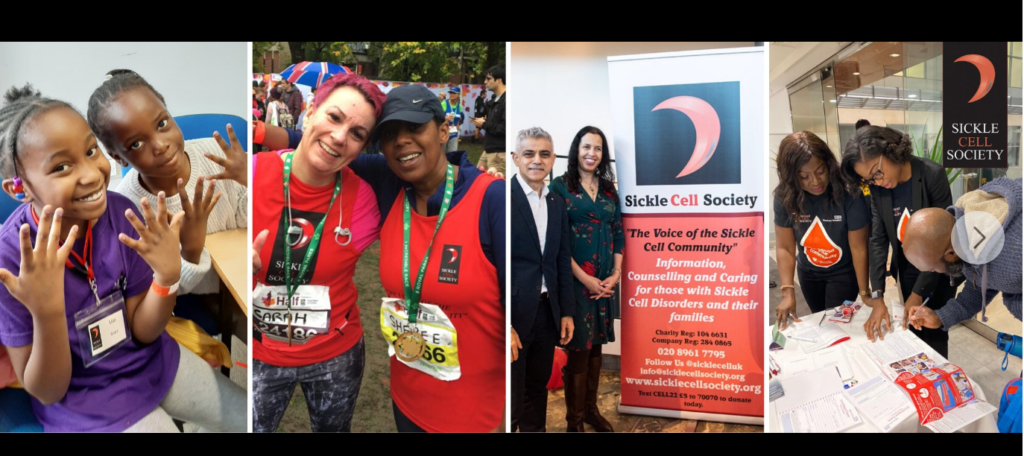In the bustling city of Lagos, Nigeria, lived a vibrant teenager named Sade. Sade was a remarkable girl with a zest for life that was infectious. She had an unmistakable charm, a radiant smile, and a personality that could light up even the darkest of days. Yet, Sade carried a secret that only a few close friends and family members knew about – she had sickle cell disease.
Living with sickle cell disease in Nigeria came with its own set of challenges. The disease could bring unpredictable pain crises, fatigue, and other health issues. However, Sade refused to let it define her or limit her dreams, including the pursuit of love.
One sunny afternoon, while at the local library, Sade met a boy named Chinedu. He was tall, had a warm smile, and his laughter was infectious. They struck up a conversation about their favorite books and soon found themselves talking about their dreams and aspirations. Sade had always been open about her condition, and she decided that honesty was the best policy.
“Chinedu,” she began hesitantly, “there’s something I need to tell you. I have sickle cell disease.”
Chinedu looked at her, his expression thoughtful. “Thank you for telling me, Sade. That doesn’t change how I feel about you.”
Their budding romance faced its share of challenges. There were days when Sade felt unwell, and their plans had to be canceled. Chinedu, however, was understanding and supportive. He would bring her ginger tea and tell her stories to make her laugh when the pain was at its worst.
Dating with sickle cell disease meant being mindful of her health. Sade took her medications diligently and made sure Chinedu was aware of the signs of a crisis. Together, they researched and learned how to manage the disease better. Chinedu was always by her side, attending doctor’s appointments and understanding the importance of hydration and rest.
As their relationship deepened, Chinedu and Sade faced another significant milestone – discussing the possibility of a future together. Sade knew that there were higher risks associated with pregnancy for women with sickle cell disease. With a heavy heart, she brought up the topic.
Chinedu listened attentively and then said, “Sade, I love you, and I want a future with you. We can explore adoption or other options. What matters most is that we’re together.”
Their love story continued to flourish. Sade and Chinedu navigated the ups and downs of life in Lagos, supporting each other’s dreams, and building a life together that was filled with love and understanding. Sade’s sickle cell disease was a part of her life, but it did not define her, nor did it limit her capacity to love and be loved.
Their story served as a reminder that love could conquer all obstacles, including the challenges of living with a chronic illness like sickle cell disease, and that true love embraced the person, not just their condition. Sade and Chinedu were living proof that in the colorful tapestry of life, love could be the brightest and most enduring thread of all.

